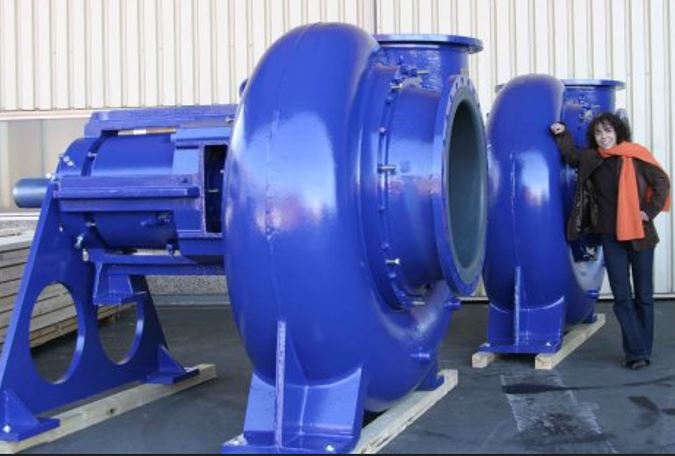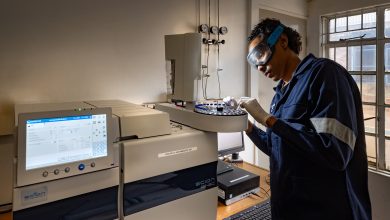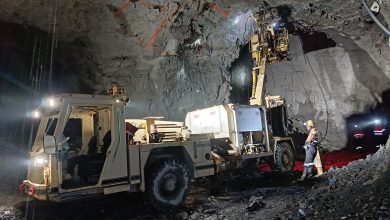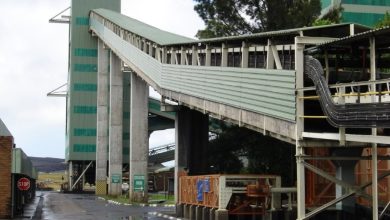
As long as it is carried out properly, retrofitting can extend the service life of old pumps – saving a mine operator money that could have been spent on purchasing a new pump.
For all the commitment of a mine’s service team to the recommended best practice in pump management, someday, encountering cases of pump component wear and tear is inevitable – a matter of when and not if. And when it does occur, component wear inhibits pump performance. It is at that point where, timeously, mines may have to seriously consider retrofitting as a feasible option.
A rational business decision
In this environment, where prices of capital equipment prices are increasing, replacement may be a sensible business decision. In an advisory targeted at mines and other industries, pump OEM, KSB Pumps, recommends retrofitting as a rational business decision: “Retrofitting is an excellent alternative to buying a new product and can be performed on pumps regardless of their intended use. It is equally suitable for industrial, water supply and waste water disposal applications as well as for the power supply industry.”
It is only natural for mine operators to contemplate acquiring new pumps. New pump models meet contemporary requirements like improved energy efficiency, compliance with new legal requirements (relating to emissions and safety), extended service life and technology which produces operating data. But this may not necessitate replacing an old pump model, KSB Pumps says, as retrofitting could give an old pump a new lease of life, specifically in the following ways:
- Save maintenance costs
- Reduce power consumption
- Achieve longer service life
- Increase system availability
- Comply with legal requirements (e.g: TA-Luft, ATEX)
Side bar
Core areas in Retrofitting
The core focus areas in retrofitting are: hydraulic and mechanical modifications to the materials, above and beyond changes to the materials.
Hydraulic modifications
Some of the hydraulic modifications may involve:
- Remachining of existing impellers
- Installation of new impellers for off-design conditions
- Optimisation of volute casing for off-design conditions
- Adjustment of the number of stages (on multistage pumps)
Mechanical adjustments
The following are some of the mechanical changes:
- Closed bearing brackets improve the smoothness of operation and extend the bearing life
- Installation of mechanical seal systems
- Employment of cellular surface wear rings to improve efficiency, rotor dynamics and dry running properties
Use of optimised materials
The following are its some of the materials that some of the optimised materials that may be used:
- Super duplex stainless steel grades or nickel alloys
- Ceramic mineral castings for impellers, wear plates, cover and casing – for use with finely dispersed, highly abrasive solutions
- Non-metallic rings and bushes
- Ceramic plain bearings
- Surface coatings
Source: KSB Pumps on Pump Retrofitting






